The Milan Furniture Fair ran for a week last April but Ms. Jean Wee is visibly excited as she talks about some of the new pieces she saw. She goes over the details of the showstoppers as if she just walked past them yesterday. “One of the significant trends I noticed at the Salone was the application of contemporary Asian touches to furniture and furnishings,” she shares. “There was definitely a strong East-meets-West element going on.”
Several collections were in a range of Earth tones, with natural textures and materials, she continues. “I also noticed a selection of round dining tables,” she says, as if struck by an anomaly.
Although Ms. Wee, COO and executive director of Nobel Design Holdings, a major Singapore furniture retailer and contract design provider, is a veteran of international trade fairs, she has remained enthusiastic and susceptible to surprises all these years. She attends the fairs armed with a clear business agenda, but she doesn’t waste the opportunity to delight in the wonders of design.
“You should see the collection from Visionnaire this year,” she says excitedly. “It draws upon nature as one of its key elements. It uses bamboo in a very innovative way, along with an earthy palette and a touch of Asian motifs.
“The Kathryn chair created for outdoor use by Italian designer Giuseppe Viganò is a fantastic example of this; it has a seat shaped and upholstered like a giant pebble, and a curvy wooden frame and backrest interwoven with cords.”
This year, she adds, Minotti collaborated with Brazilian architect Marcio Kogan on a collection of outdoor furniture inspired by the Japanese Metabolic architecture of the 1950s. More of nature can be expected from the collection as Metabolist architects were known to infuse their design with ideas gleaned from biological processes.
- SETTING UP SHOP
- ENHANCING RETAIL ENGAGEMENT
- ENABLING THE CONSUMERS
- GROWING THE BUSINESS
Setting Up Shop
There have been some physical movements at Nobel recently. OM, its ‘fashionable furniture’ brand, has moved to a ground-floor shop on nearby Tai Seng Drive from the eighth floor of Nobel’s Tai Seng Street showroom – a new location that enhances visibility and accessibility.
Meanwhile, a new 13,000-sqft showroom at premier lifestyle hub Dempsey Hill was launched to showcase prestige labels under Marquis Studio, as well as contemporary designer brands under Lifestorey, which moved out of Great World City last year. The new showroom will also introduce new brands that Nobel has been exploring to complement their existing collections: Polaris, Gealux, Gallotti and Radice under Marquis Studio, House Doctor and Sits under Lifestorey.
“We seize the opportunity to expand our retail business when retail rental in a central location is a bit soft,” Ms. Wee says of the move. “We work on both retail and contract businesses simultaneously; having a sizeable retail space gives us more to offer in terms of visual displays and stocks.”
When the Tai Seng showroom was first launched in 2009, it assembled under one roof five brands that would make up Marquis’ stake in the prestige market: Meridiani, Cierre, Porada, Emu, and MisuraEmme. “100% Italian”, the showroom billboard exclaimed. Later on, luxury brands such as Visionnaire, Hamilton Conte, and Bentley Home Collection expanded the lineup, while more affordable ‘fashionable furniture’ under OM provided Nobel with a hip designer cachet. Minotti was housed in its own showroom on Hill Street, and where it remains today, while Lifestorey has moved from Suntec City to Great World City until it closed shop last year.
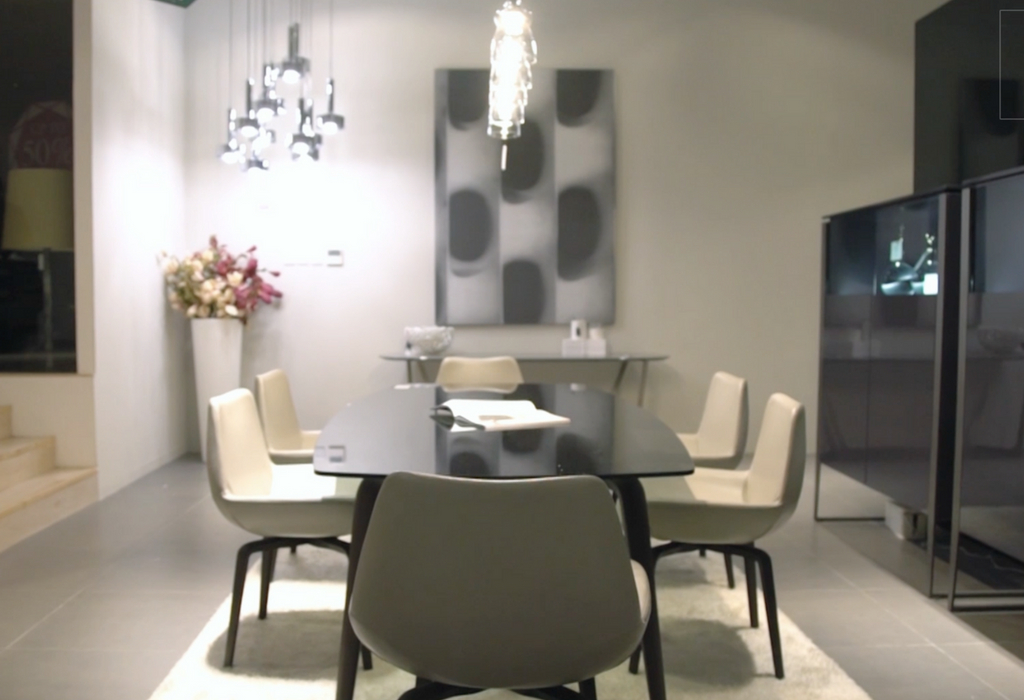
- SETTING UP SHOP
- ENHANCING RETAIL ENGAGEMENT
- ENABLING THE CONSUMERS
- GROWING THE BUSINESS
Enhancing Retail Engagement
Retail is slowing down on all fronts – not just in areas of fashion and some FMCGs. Online shopping, with a wealth of perks including home deliveries and rebates, continue to lure younger, tech-savvy consumers. But Ms. Wee sees the value of showrooms in products like furniture. “The customers we serve understand the need to examine their options. We have custom services that must be experienced firsthand; our design consultations require face-to-face interaction.”
Ms. Wee knows retail enhancement well, being among the first to launch experiential shopping before it was even a thing. When Lifestorey unveiled its first mega-showroom at Suntec City in 1999, she challenged herself and her team to fill up the space. “We ordered so many things from suppliers that when they were delivered, we found ourselves standing before a huge pile of products. It was shocking, but it was also delightful to have so many things to work with.”
It was also the first time in Singapore that strong, directional lifestyle elements were incorporated in a store setting. “We recreated every room in the house and imagined how they would be used in real life. Once we got a theme going, we wove in the products.”
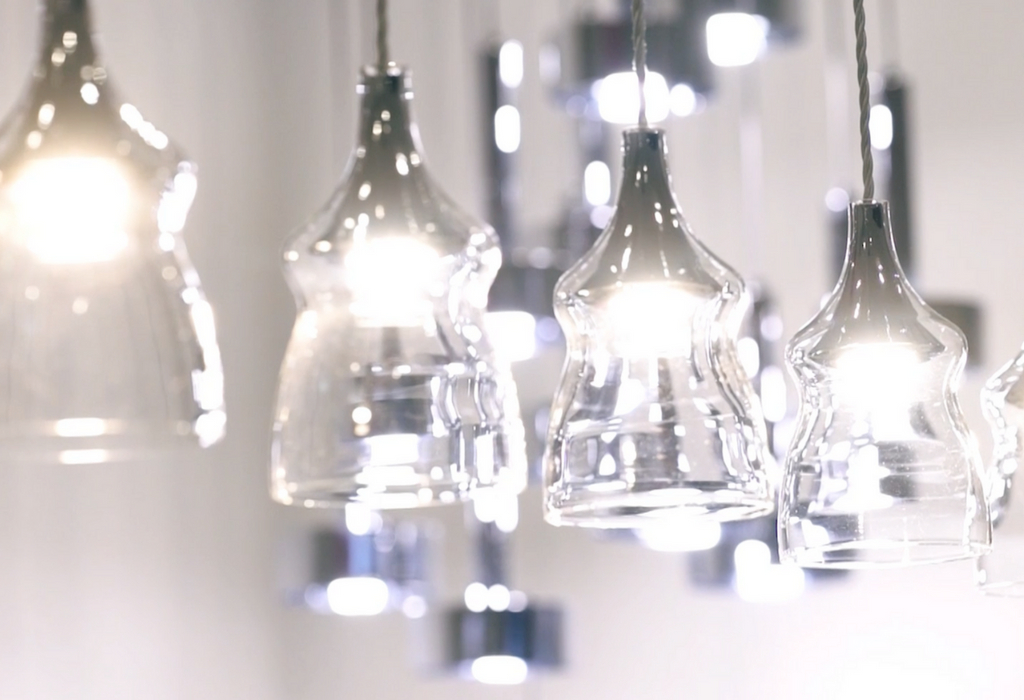
- SETTING UP SHOP
- ENHANCING RETAIL ENGAGEMENT
- ENABLING THE CONSUMERS
- GROWING THE BUSINESS
Enabling the Consumers
Lifestorey had every important room done up in meticulous detail. “We had a workstation installed in the ‘kitchen’, which we filled with things that one would normally find – and use – in it,” Ms. Wee relates.
“All the products were there – from knives to chopping boards and food keepers, which the customers can buy from the shop, but we styled them with baskets of onions, pots of plants, and bowls of fruits. The idea was to get shoppers to imagine how beautiful their real kitchen can and should be with the things that they can buy from the shop.”
She went on an extensive ‘shopping spree’ stocking up Lifestorey with props and centerpieces that would give the products they were selling an appealing context. For the bathroom, for example, she commissioned a wooden bathtub that took months to manufacture. “When it finally arrived, we set it up with towels and body scrubs, shower gels and shampoos. We were not selling the tub and the shampoos, but they helped move the towels, the soap dish and bath mats.”
Ms. Wee sees their work as that of enablers who help connect consumers with products in a specific context. Today, her elaborate set-ups live on. Luxury fur throws and contemporary artworks adorn the walls of the prestige brand showrooms; hip brass and Lucite ornaments rest on a stack of magazines on a center table in the space allocated for young affordable labels.
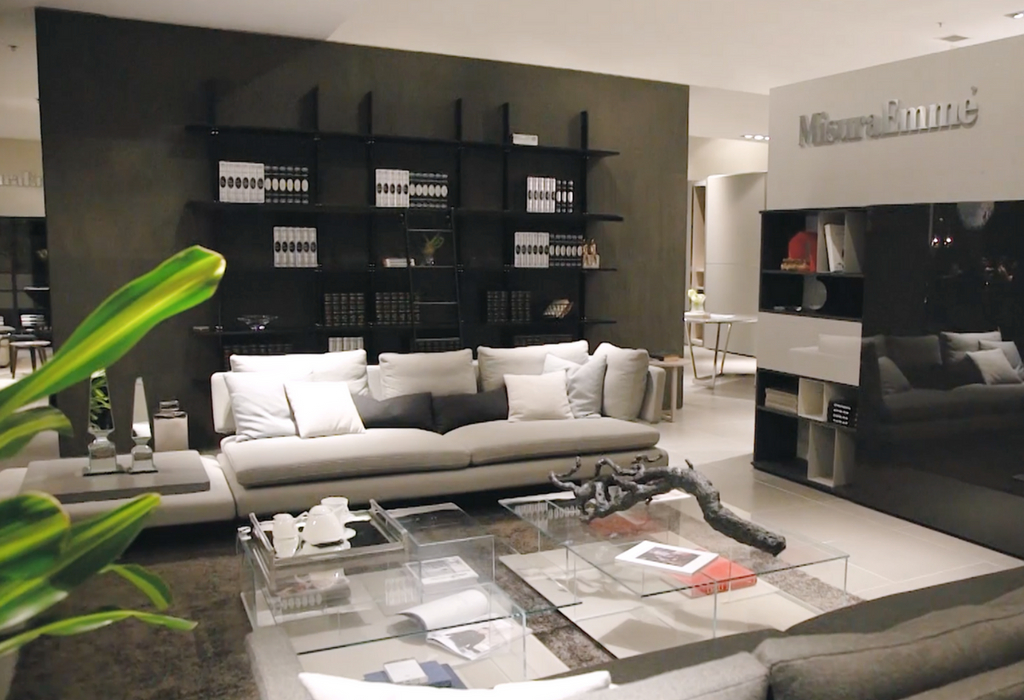
- SETTING UP SHOP
- ENHANCING RETAIL ENGAGEMENT
- ENABLING THE CONSUMERS
- GROWING THE BUSINESS
Growing the Business
Nobel Design Holdings delisted from the Singapore Exchange in July last year. When Grand Slam RF18 Investments, a Singapore-incorporated investment holding company, took control of over 90 per cent of the company shares, it earned the right to acquire all remaining shares still in public hands. Ms. Wee, along with Mr. Goon Eu Jin, Mr. Kho Chuan Thye and Southern Cross Holdings own Grand Slam.
Ms. Wee prefers to remain silent about the immediate effect of the delisting on the business. It is clear, however, that it can now pursue an independent and vigorous growth plan.
Despite slowdown in retail, Nobel appears to be holding up well, given its robust contract design and design consultancy businesses. “We serve a diverse market consisting of high, medium, and low segments, and this help us to work cohesively as a group and cover these markets be it retail or contract,” Ms Wee shares.
“With resilience, the furniture business has braved the economic crises. We need this resilience in the current climate; meanwhile we will continue to embrace innovations like technology to assist us in reaching our goals.”







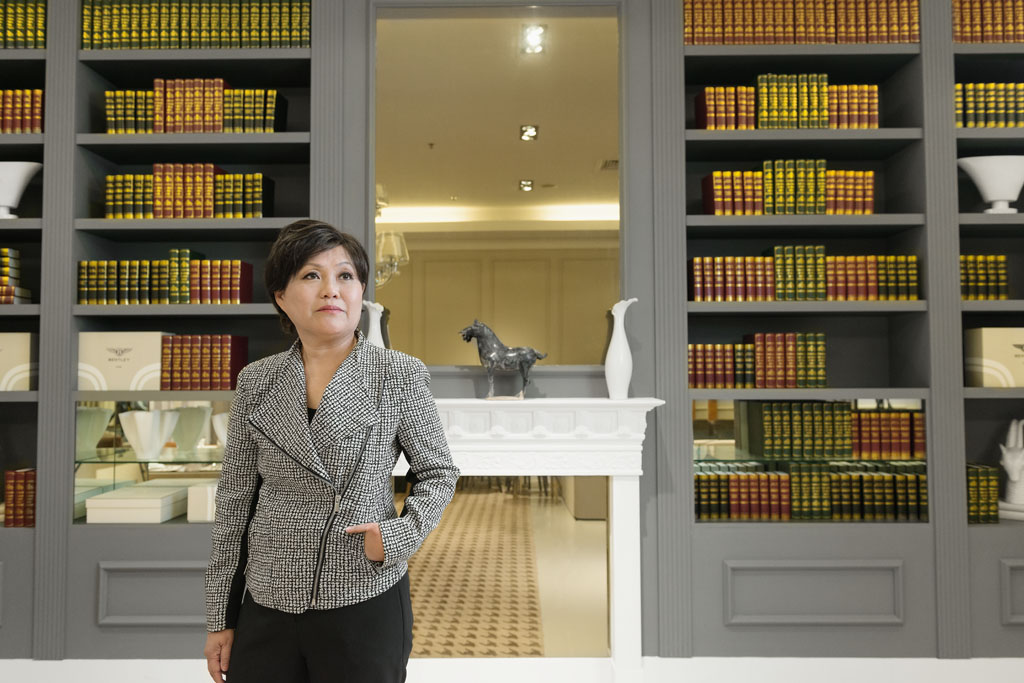
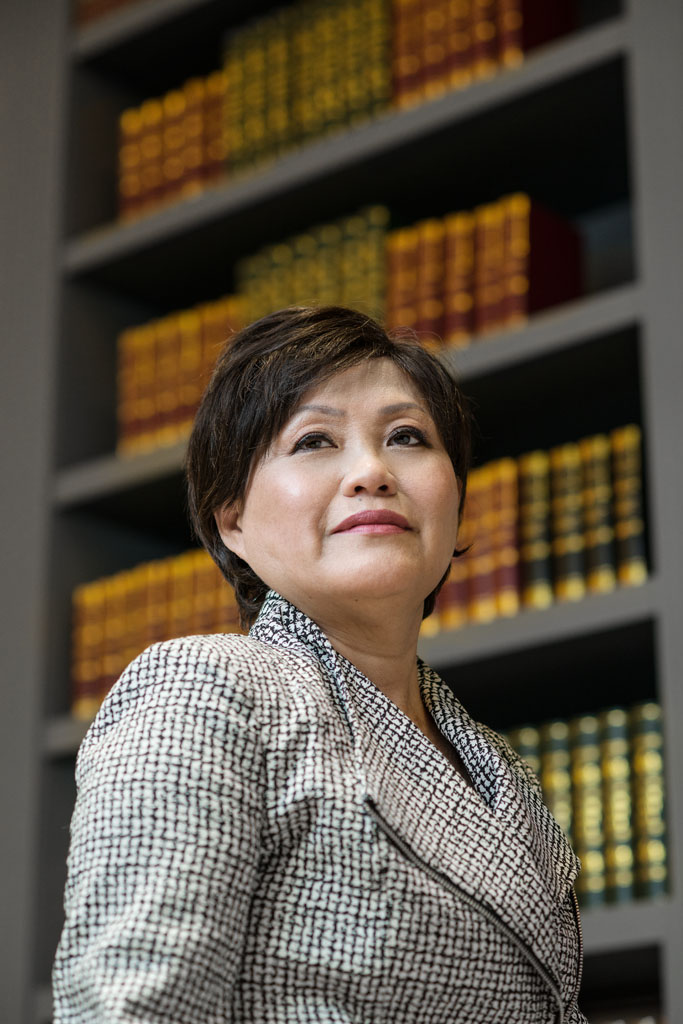
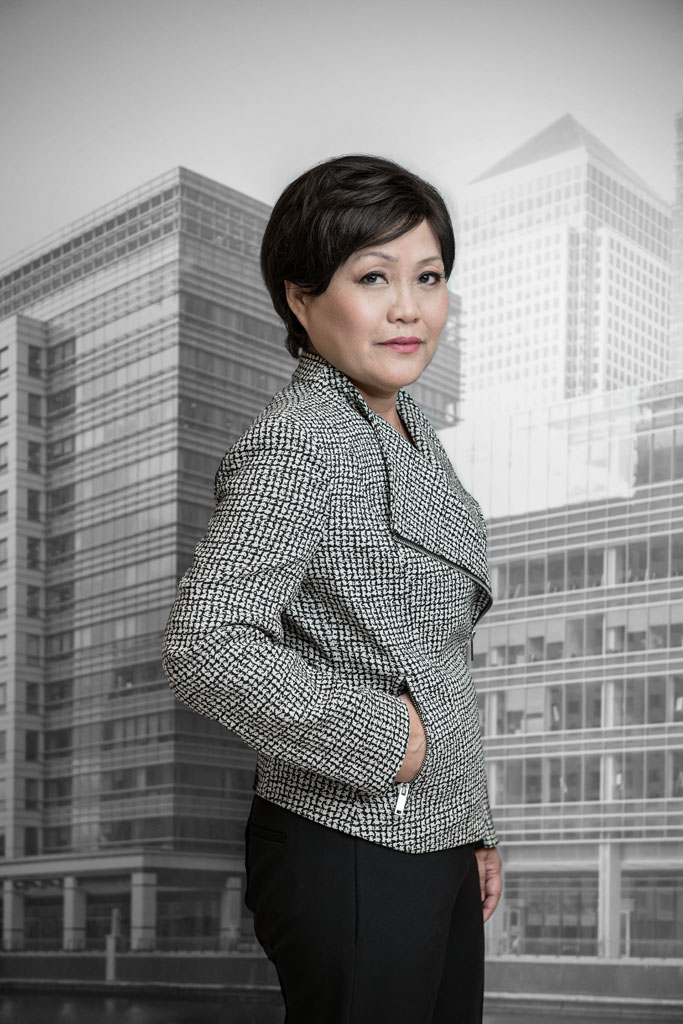




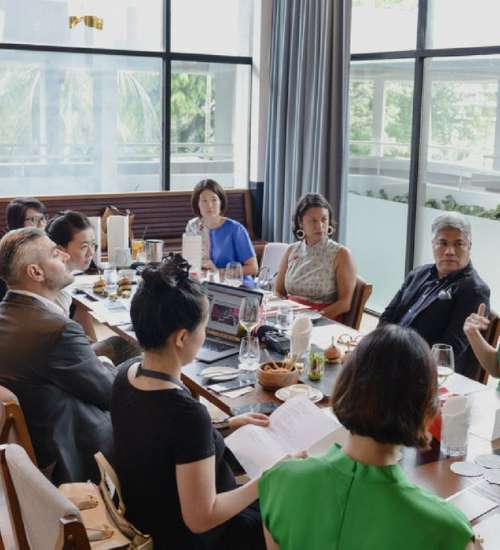
.jpg&w=500&h=550&crop-to-fit)

 Back
Back
